California’s coastal towns have long fostered a culture where sustainability and creativity naturally intersect, giving rise to furnishings that carry both local history and genuine character. Here, the sea shapes not just the landscape but the materials people choose to reinvent weathered woods, marine textiles, and equipment with stories etched into every surface. Upcycling has become a quiet but powerful expression of coastal living, offering homeowners pieces that feel grounded in place while reducing environmental impact. These eight upcycled furnishings show how thoughtful reuse can set the tone for warm, authentic, and stylish coastal homes.
1. Driftwood Console Tables
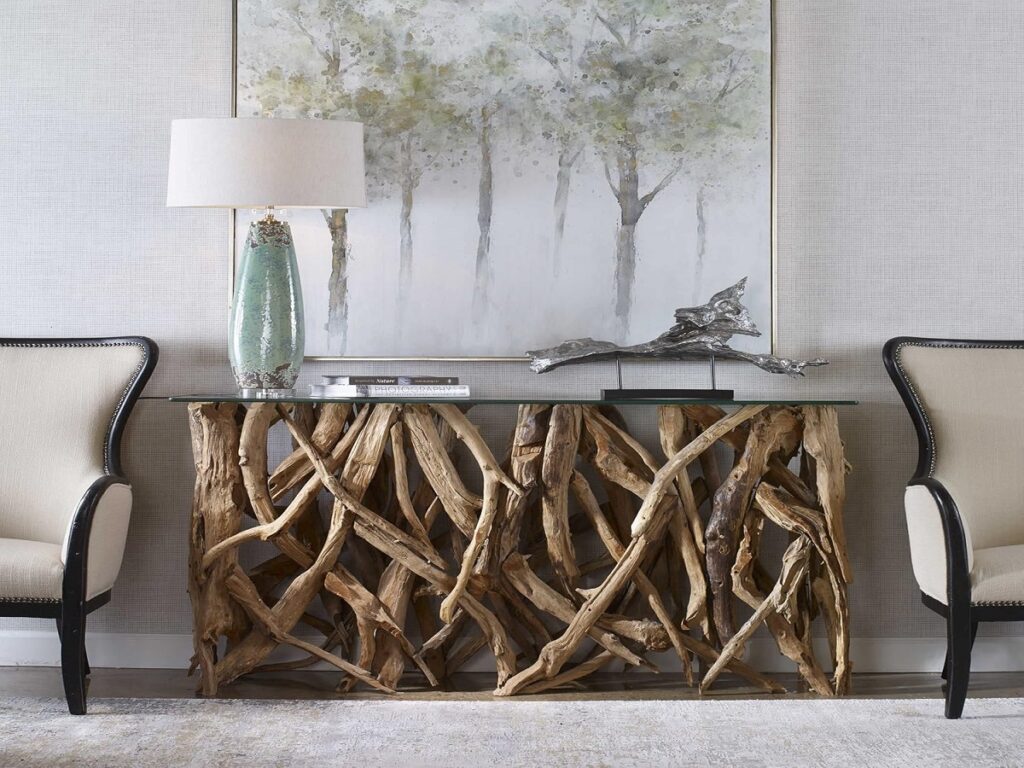
Driftwood console tables became popular in towns like Mendocino and Trinidad in the 1980s, when artisans began collecting naturally sculpted wood washed ashore after storms. The branches, already softened by salt and sand, require only gentle shaping before being strengthened with hidden metal rods. This process preserves their irregular lines and organic form. Each console reflects the rugged coastline that shaped it, bringing a sense of calm, natural texture into entryways or living spaces without appearing overly decorative. These pieces carry the simple elegance of the shoreline into everyday home design.
2. Reclaimed Pier Timber Coffee Tables

When aging piers in Santa Cruz and Cayucos were restored in the 1990s, thick Douglas fir beams were salvaged rather than discarded. Craftspeople soon began turning these dense, weathered timbers into coffee tables that honor the region’s maritime heritage. The wood is planed just enough to smooth rough patches while preserving the bolt marks and deep grain created by decades of exposure to tides and wind. Combined with sturdy metal or wooden legs, the finished tables balance contemporary styling with raw historical texture. Their presence adds quiet strength and authenticity to relaxed coastal interiors.
3. Vintage Surfboard Wall Shelves
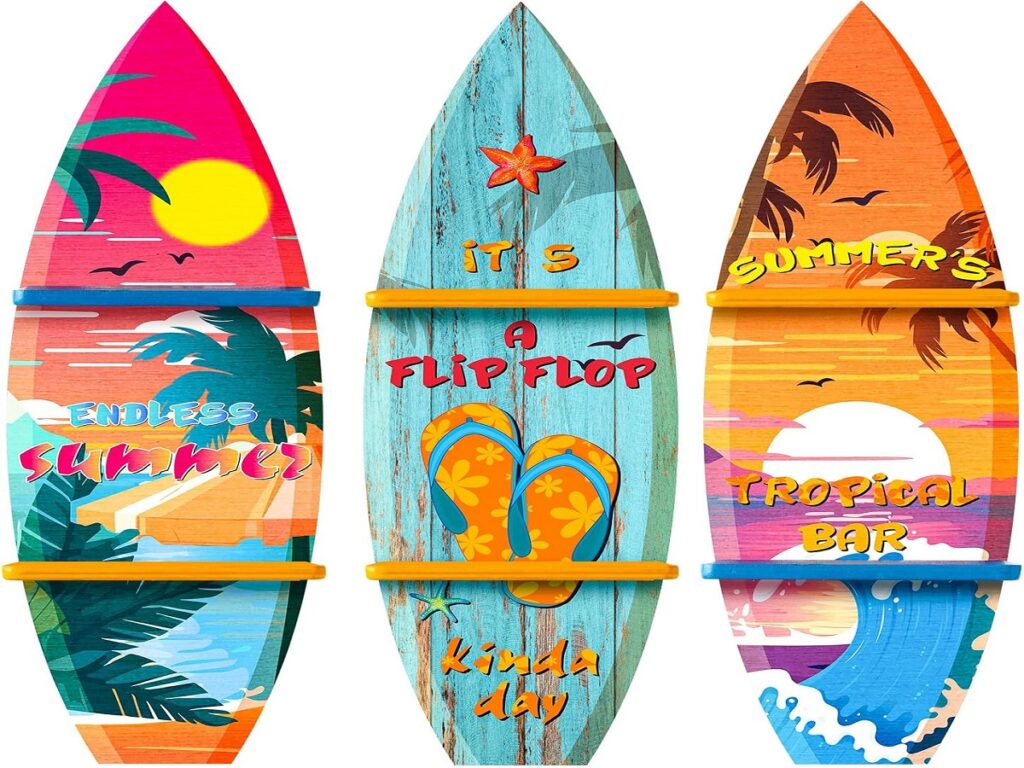
Retired surfboards from Encinitas, Huntington Beach, and other surf-centered towns began finding second lives as wall shelves in the early 2000s. Many were originally shaped by local board makers, giving the repurposed pieces a built-in sense of identity. Makers cut the boards into segments, reinforce them with discreet brackets, and preserve original artwork, wax marks, or color fades. Their curved silhouettes and bright details add playful coastal energy to offices, bedrooms, and reading corners. These shelves serve as functional décor while reflecting the deep cultural bond between California homes and the surf community.
4. Upcycled Wine Barrel Patio Stools
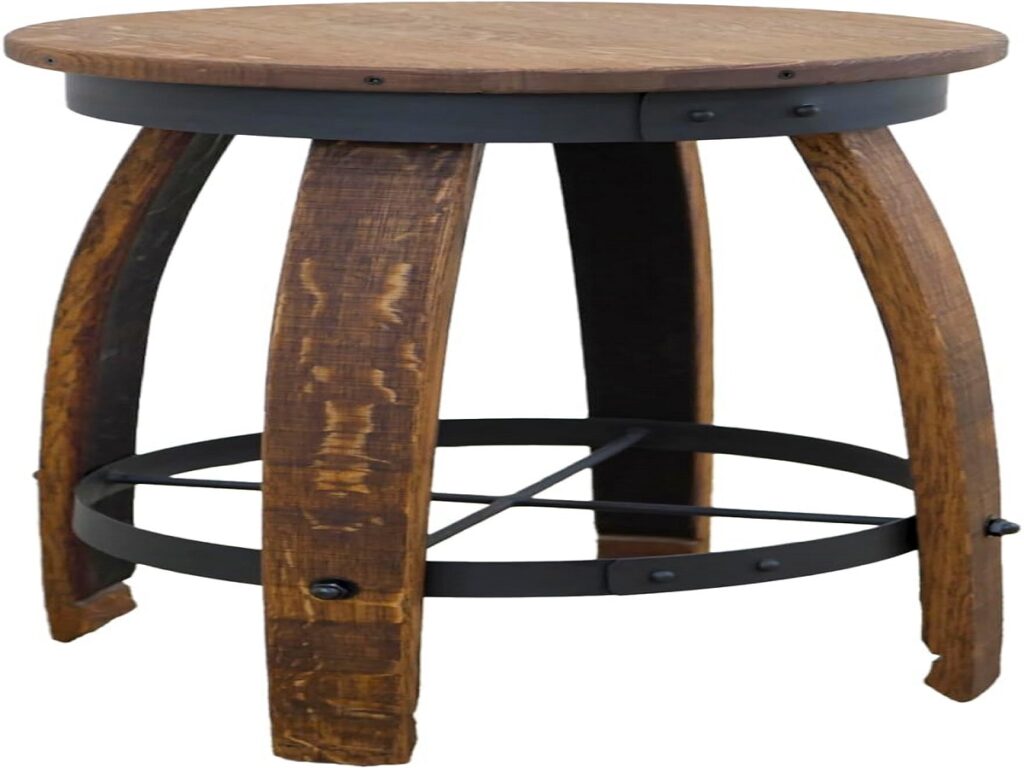
In coastal towns close to wine regions such as Sonoma Coast, Santa Barbara County, and Paso Robles, retired oak wine barrels began finding new forms in the early 2000s. Artisans carefully dismantle the barrels and transform the curved staves into legs, preserving the deep wine-stained tones that add natural richness. The seats are sanded smooth, sealed for weather protection, and sometimes accented with metal bands salvaged from the barrel hoops. These stools feel rustic yet sophisticated, blending the traditions of California wine culture with breezy seaside living. They offer a warm, crafted presence that elevates any patio or outdoor gathering space.
5. Repurposed Lobster Trap Side Tables
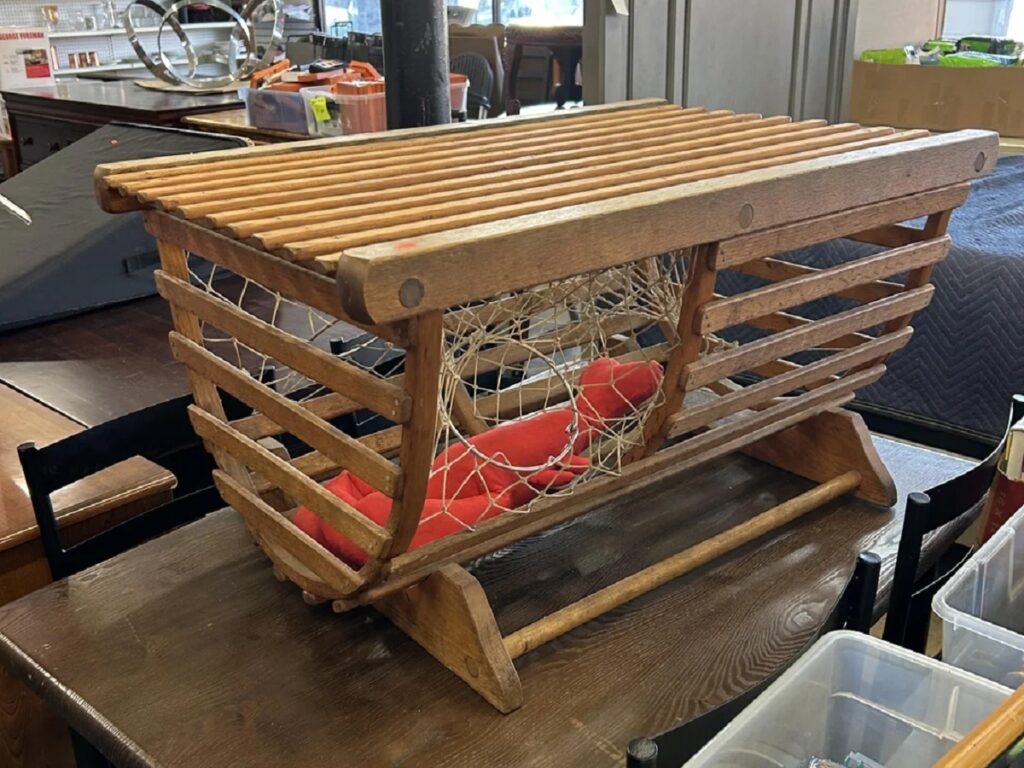
Although lobster fishing was never California’s dominant harvest, towns like Ventura and Santa Barbara used wire traps through the 1970s and 1980s. When the traps were replaced, artisans began transforming their sturdy frames into side tables. After cleaning and reinforcing the structure, makers add a glass top that exposes the original wire weave beneath. The mix of industrial wire and airy transparency creates a light, coastal feel ideal for sunrooms and casual living spaces. These tables embody clever reuse, turning once-utilitarian marine gear into stylish, meaningful accents.
6. Repurposed Lifeguard Tower Wood Cabinets
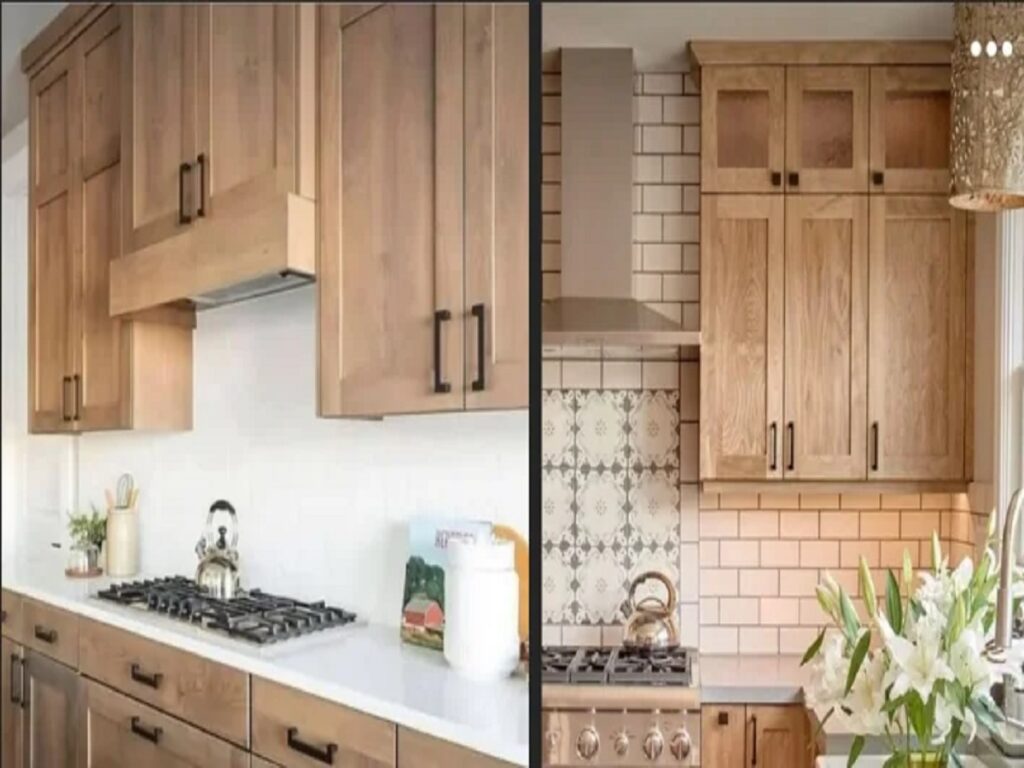
California’s lifeguard towers, essential for beach safety since the mid-20th century, undergo periodic replacement. During the tower upgrades of the late 2010s, the weather-stained lumber from these structures became prized material for cabinet makers along the coast. The boards carry sun-bleached areas, sand-worn markings, and traces of emergency equipment mounts. Craftsmen selectively sand the wood, keeping the aged texture intact while shaping it into clean-lined cabinets suited for kitchens, living rooms, or studios. These pieces feel both sturdy and symbolic, offering a subtle tribute to the lifeguards and local communities that rely on them.
7. Salvaged Marina Rope Ottomans
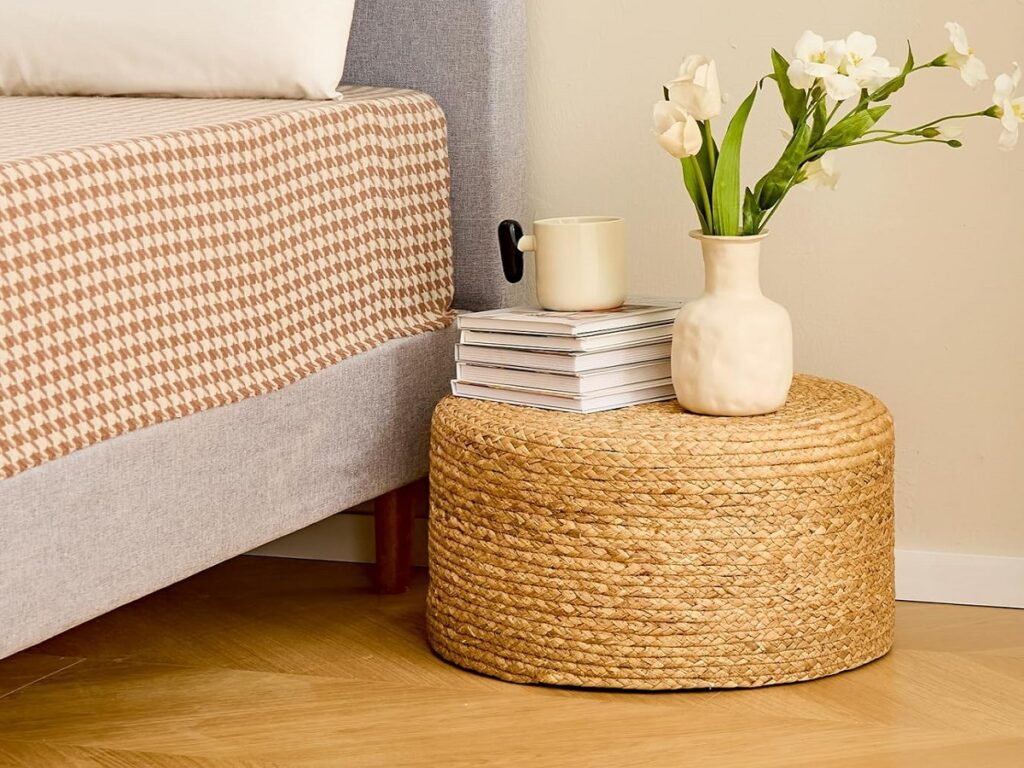
When marinas in Sausalito and Dana Point upgraded their docking systems in the early 2010s, large coils of weathered mooring rope were replaced and often discarded. Designers saw an opportunity to create ottomans by tightly wrapping the thick rope around rounded wooden bases. The material’s natural fibers, sun-faded hues, and subtle irregularities add texture and maritime charm. These ottomans are durable, comfortable, and adaptable to living rooms, covered decks, or breezy reading corners. Their understated coastal character makes them a favorite among homeowners who value both sustainability and tactile materials.
8. Refinished Sailcloth Accent Chairs
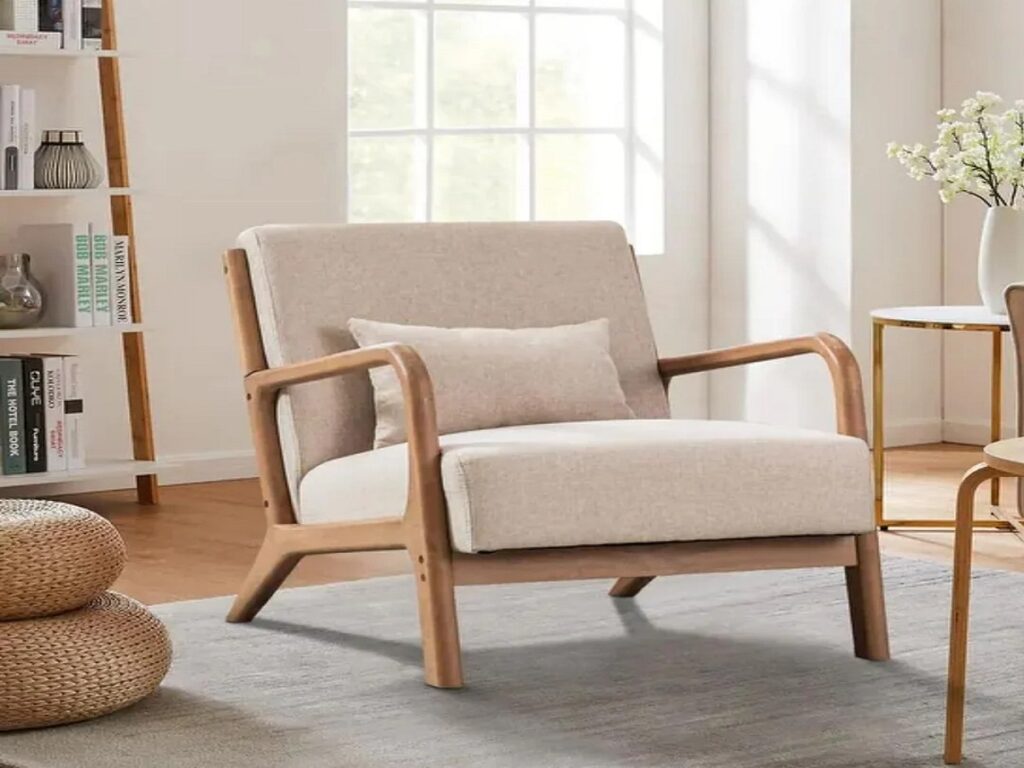
Upholsterers in San Diego and Oceanside began reusing decommissioned sailcloth in the mid-2000s, recognizing its durability and unique appearance. The fabric often carries faint numbering, seams, and reinforcement patches that testify to its years on the water. When stretched over clean wooden frames, it creates accent chairs that feel both modern and deeply connected to the coast. The material resists wear, making it ideal for bright, open spaces where indoor and outdoor living overlap. These chairs offer a crisp, understated nod to California’s sailing traditions.
Comments